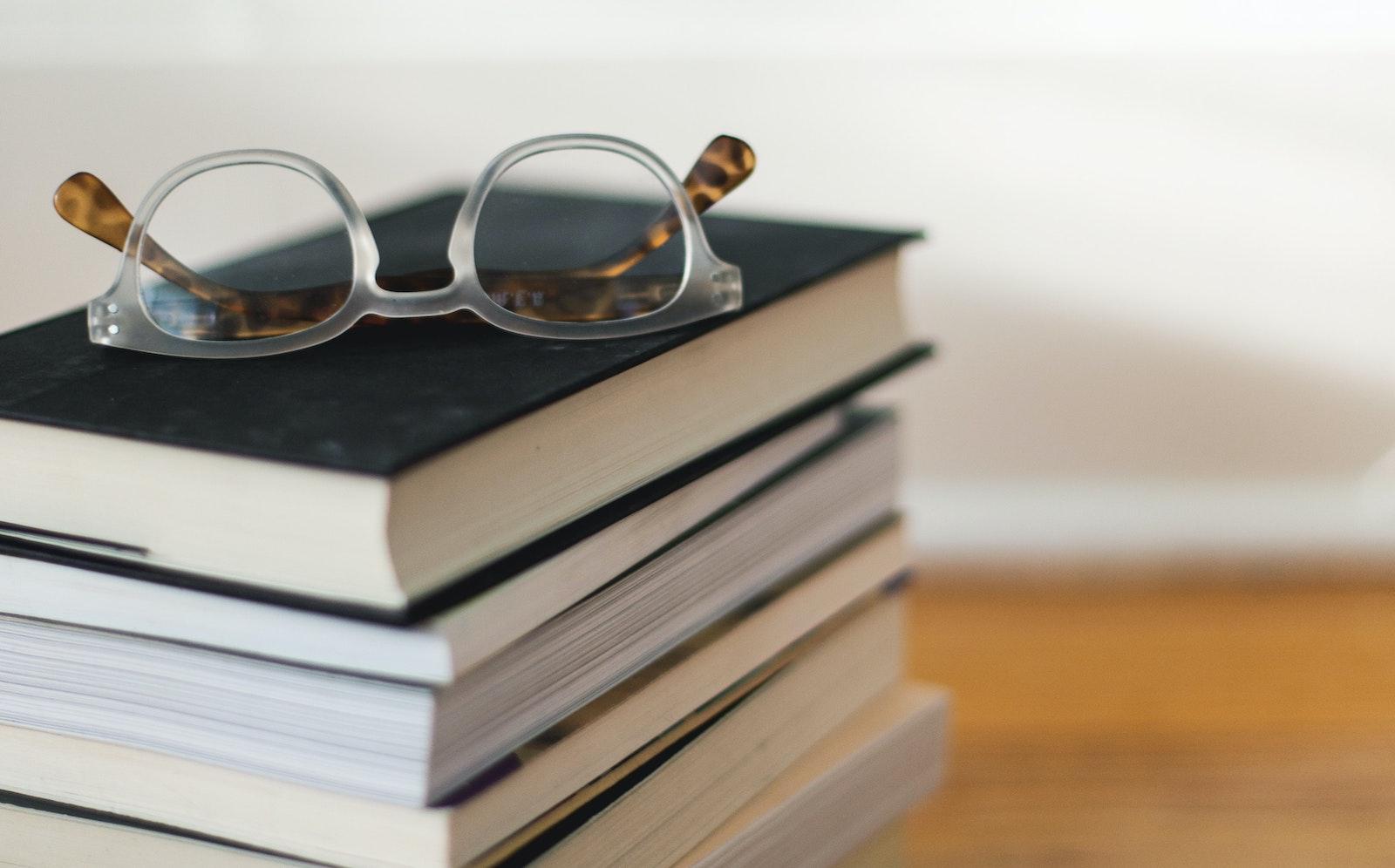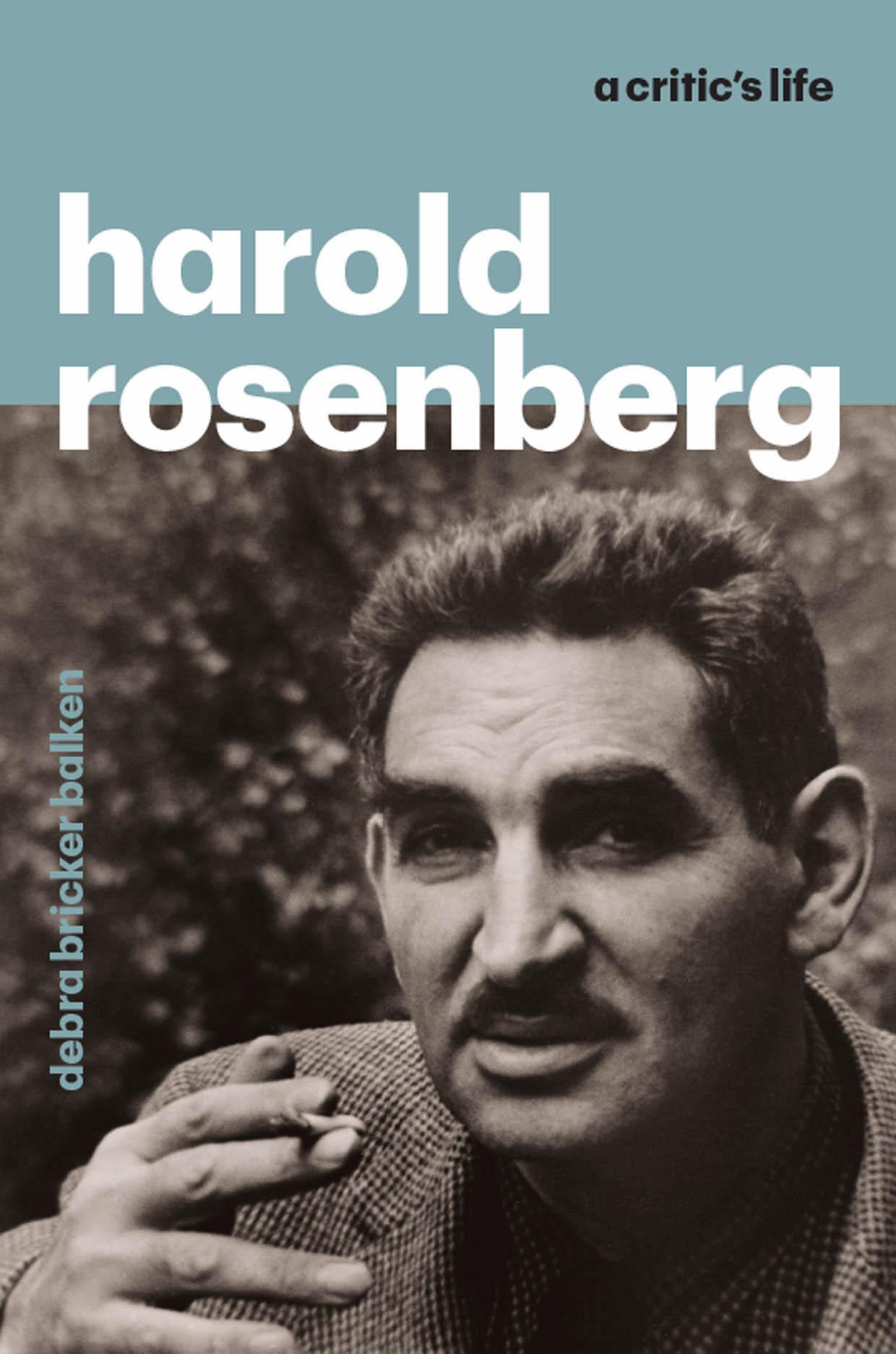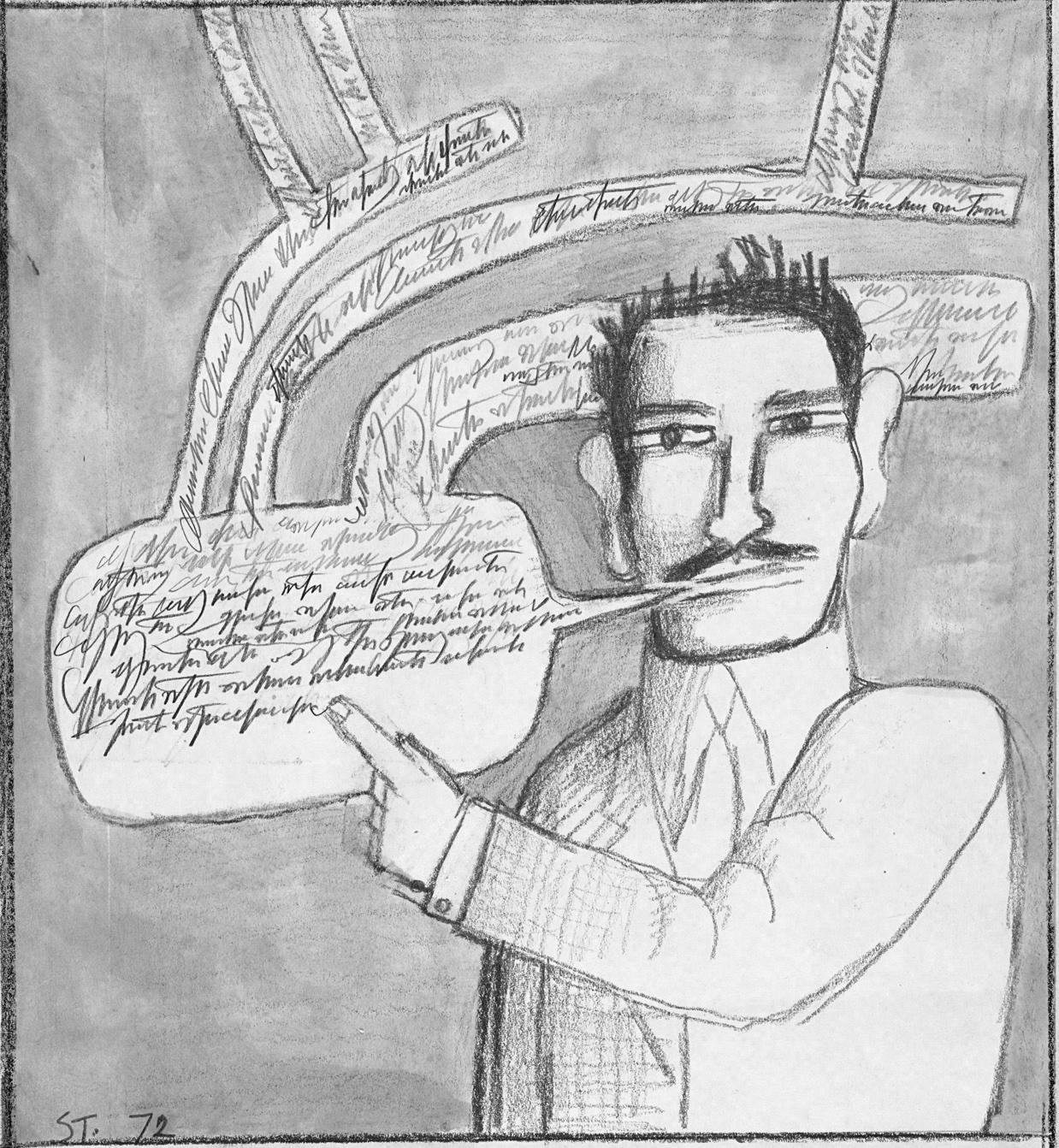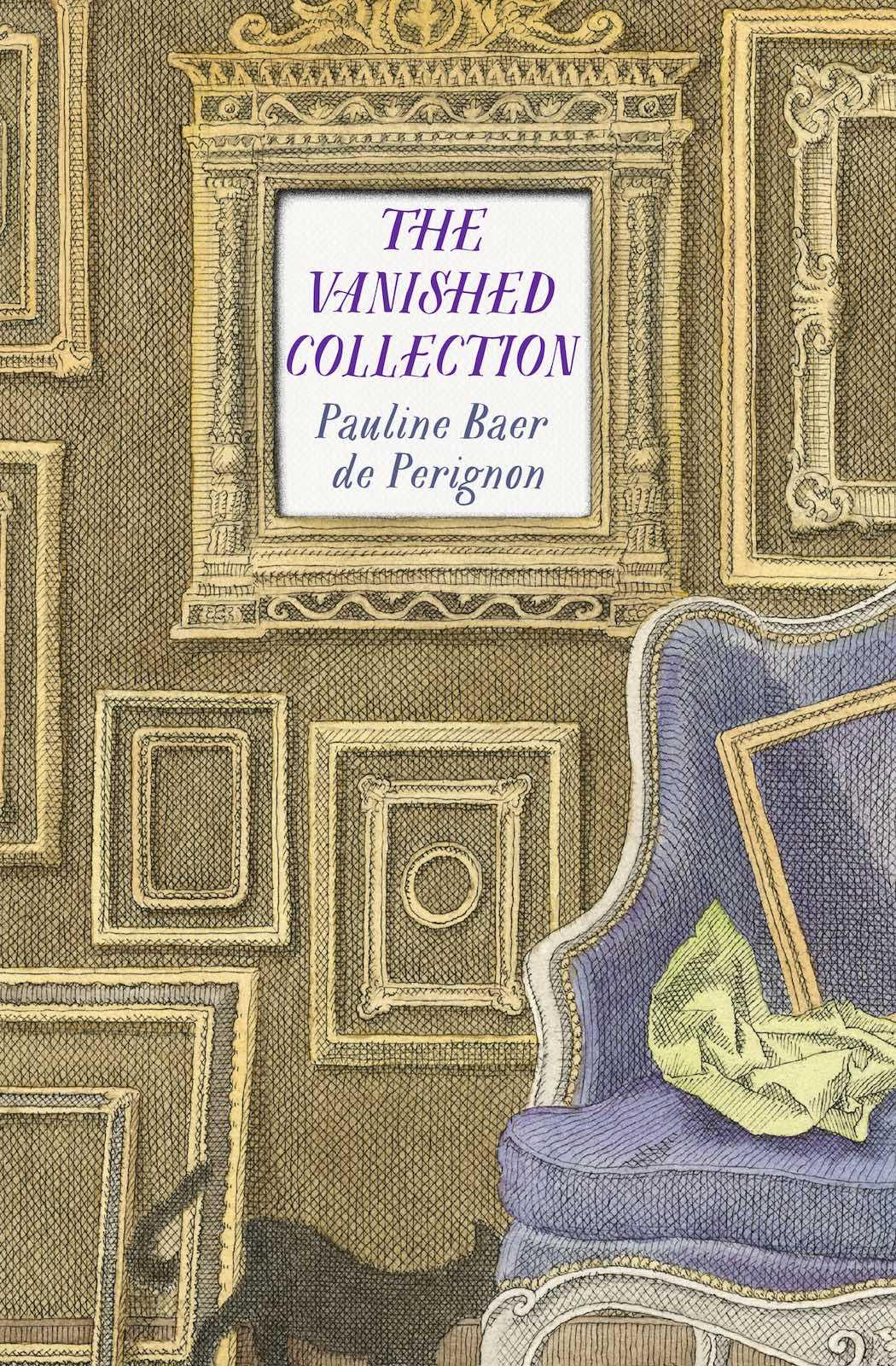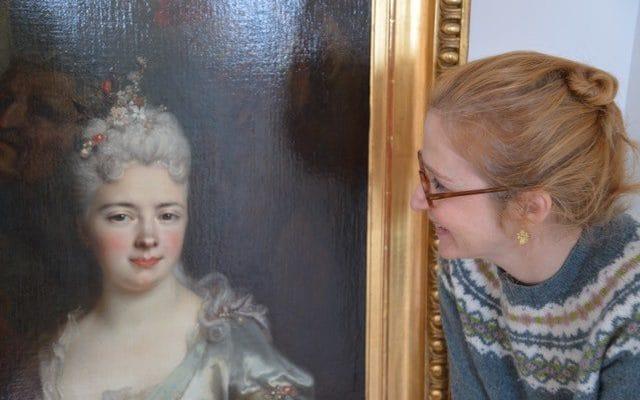The most notable of these three books is the biography Harold Rosenberg: A Critics Life by art historian and critic Debra Bricker Balken. An exceptional achievement, the book is both fact-filled and nuanced.
A Socialist and contrarian, the Brooklyn-born Jew was best known as the art critic of the New Yorker from 1962 to 78 and for his famous essay “The Herd of Independent Minds.” He also coined the term “action painting” in an essay for ARTnews in reference to the gestural Abstract Expressionists.
Balken describes an often controversial twentieth-century figure in Rosenberg. He was a brilliant intellectual, a wise guy, a bully, insecure, an outsider, a lothario, and a leader in the literary and artistic life of the period.
He was connected to and engaged with all who mattered at the time: from Sartre to Hannah Arendt to (of course) Clement Greenberg, whose Formalism stood in irritating opposition to Rosenberg’s “action” position.




